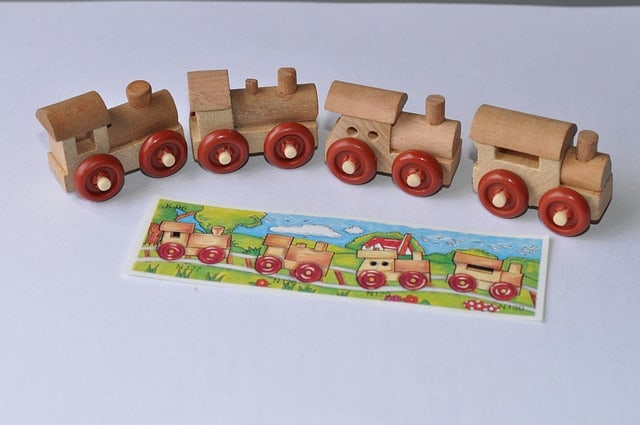As parents, we want to provide the best for our children, including the toys they play with. When it comes to choosing toys, wooden toys often get overlooked in favor of plastic ones. However, wooden toys have many benefits that make them a better choice for children.
Many classic children’s toys were made from wood such as Tinker Toys and Lincoln Logs as well as more generic ones like wooden blocks, spinning tops and puzzles. Rocking horses and toy trains were commonly made from wood, too. It’s not surprising then that wooden toys have made a comeback of sorts.
Wooden toys are popular again for a number of reasons as they offer benefits to both the children who play with them and the parents who purchase them. Let’s discuss this below.
Durability
Wooden toys are incredibly durable and can withstand the rough and tumble play that kids often engage in. They don’t break easily like plastic toys, and they can last for generations, making them a great investment for families.
Wooden toys – particularly ones with moving parts such as trains or ones that support weight such as a rocking horse – tend to last longer than plastic toys which are often designed for several years use at best before they crack or otherwise break.
Safety
Wooden toys are also safer for children, as they don’t contain any toxic chemicals like plastic toys can. Plastic toys can contain harmful chemicals such as BPA, phthalates, and lead, which can be harmful to children’s health if they are ingested or inhaled.
Wooden toys, on the other hand, are made from natural materials and are safe for children to play with.
Educational
Wooden toys are also educational, as they help children develop their cognitive, motor, and problem-solving skills. Wooden blocks, puzzles, and shape sorters are just a few examples of wooden toys that help children learn as they play.
Sustainability
Another benefit of wooden toys is that they are more environmentally friendly than plastic toys. Wooden toys are made from renewable resources and are biodegradable, making them a more sustainable choice for the environment.
Plastic toys, on the other hand, take hundreds of years to decompose and can contribute to the growing problem of plastic waste in our oceans and landfills.
Aesthetics
Wooden toys are also more visually appealing than plastic toys. They have a natural beauty that plastic toys simply cannot match, and they add warmth and charm to any playroom.
Given their above-mentioned durability, they also tend to be ones that can be kept and handed down to future generations.
Nostalgia factor
Wooden toys often evoke a sense of nostalgia for parents and grandparents, who may have played with similar toys when they were young.
Again, the durability and design of wooden toys often means they can be kept and handed down rather than thrown out.
Encourages imaginative play
Wooden toys often require more creativity and imagination from children, as they are not as flashy or electronic as some plastic toys. They also don’t require batteries or recharging.
Final thoughts
Wooden toys are a great choice for children and offer many benefits over plastic toys. They are durable, safe, educational, sustainable, and aesthetically pleasing. Next time you’re in the market for a new toy for your child, consider a wooden one.


